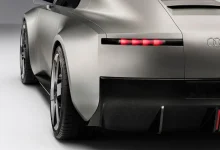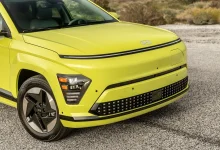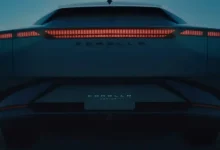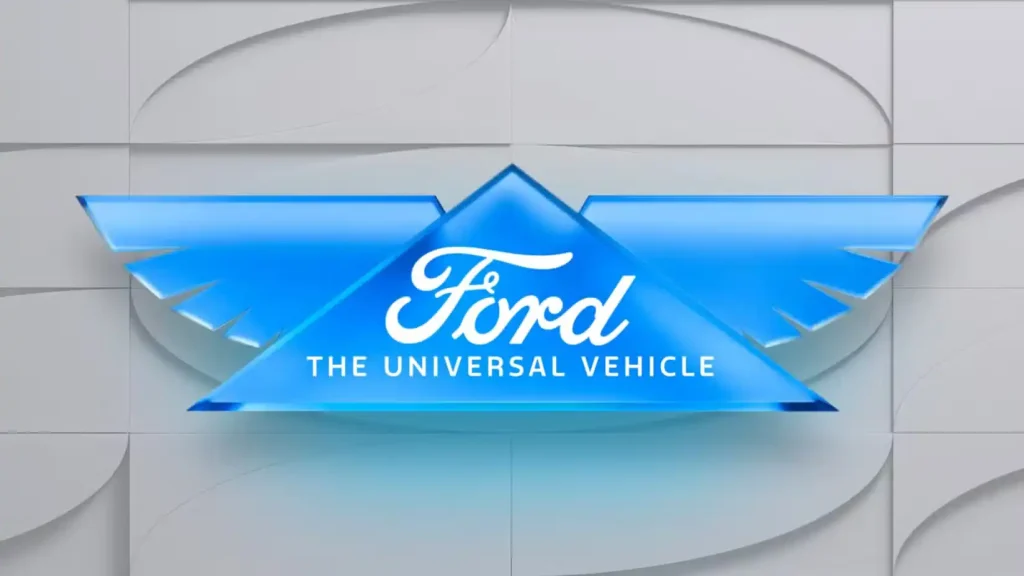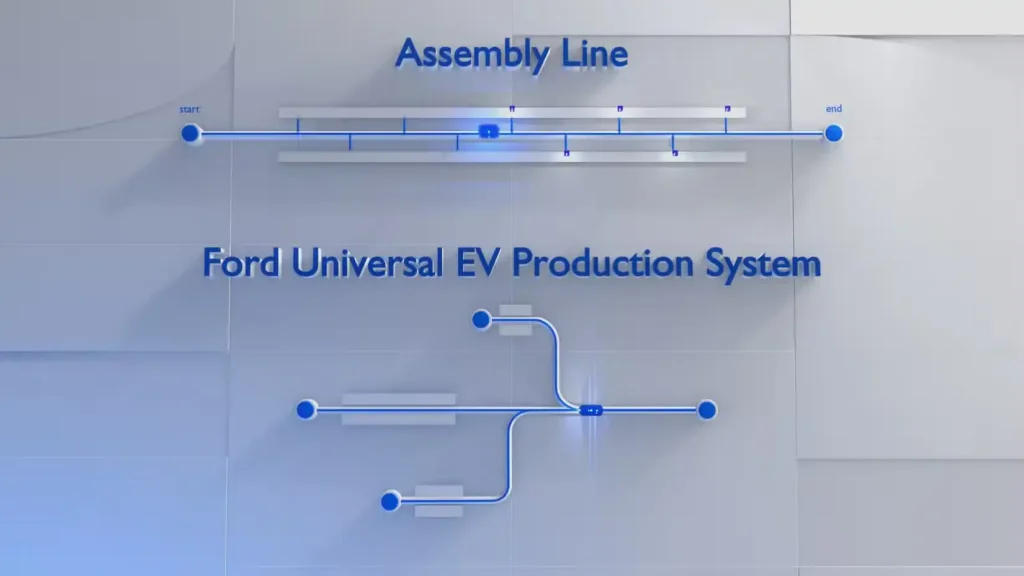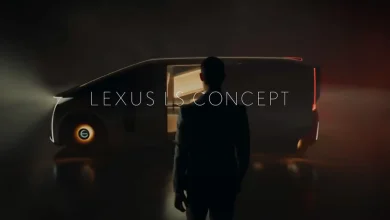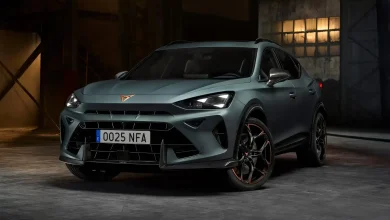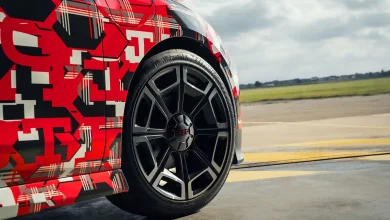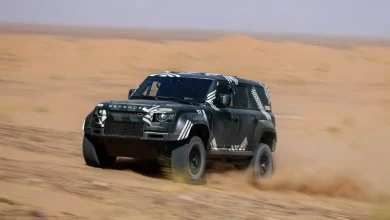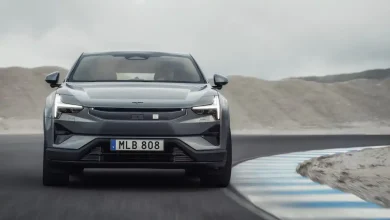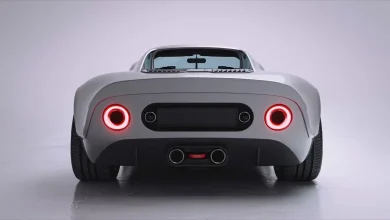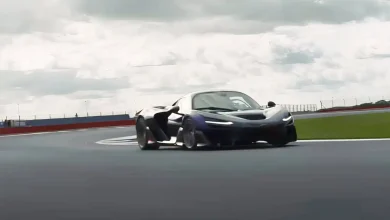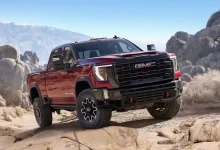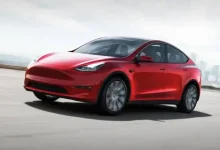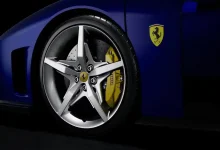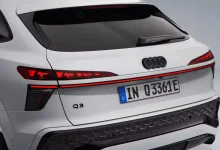Ford CEO Cautiously Approaches Company’s Grand New Vision
Will the gamble succeed, or will it become just another well-meaning failure?
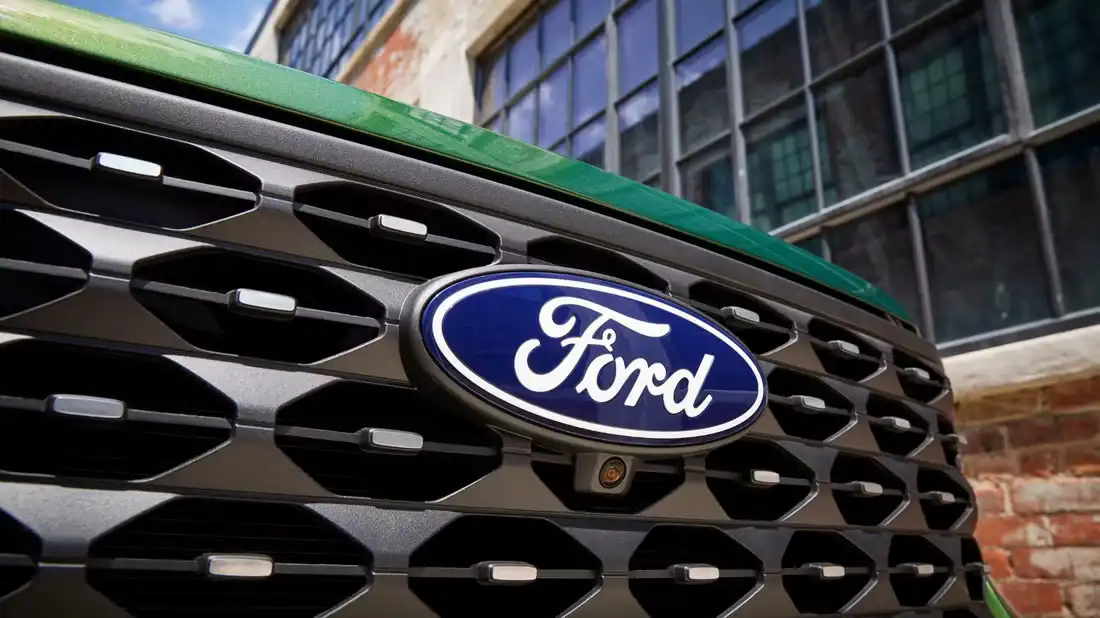
Ford has just announced its much-anticipated “Model T moment.” The company is set to introduce a midsize electric truck built on a brand-new, universal EV platform. Ford aims to price this electric pickup starting at around $30,000 for the 2027 model year—making it roughly as affordable as the Maverick and cheaper than the gas-powered Ranger.
To reach this goal, Ford plans to implement a new, streamlined assembly process that CEO Jim Farley says is 40% faster, cutting costs while boosting reliability. The automaker is investing a total of $5 billion to produce both the truck and its batteries domestically in the United States. This ambitious strategy seems like the truck Ford—and the country—has been waiting for. Still, as Farley himself admits, there are “no guarantees” it will succeed.
Ford CEO Jim Farley Calls the New Strategy a Risky Bet
During Ford’s presentation, Farley openly acknowledged the challenges ahead. The company has never before manufactured vehicles on a dedicated EV platform, making this an entirely new production approach. Traditionally, building vehicles in the United States comes with higher costs. That’s why Ford produces its higher-margin models like the F-150 pickup and Bronco SUV domestically, while manufacturing more affordable models such as the Maverick and Bronco Sport overseas.
Trying something entirely new—especially a move with the potential for a Model T–style breakthrough—is inevitably risky. Farley emphasized that Ford is placing a big bet on this effort, with the key word being “bet.”
“Why do I say ‘bet’? Because it’s intentional—there are no guarantees with this project. We’re trying so many new things that I can’t promise everything will go perfectly. It is a bet, and with any bet comes risk. The automotive industry has a graveyard filled with affordable vehicles launched here with the best intentions, only to fade away amid idle factories, layoffs, and losses.”
– Ford CEO Jim Farley
Will Ford’s Electric Truck Actually Hit the Market by 2027?
While Farley certainly isn’t setting the stage for failure, it’s important to recognize that Ford is launching this ambitious project amid a challenging environment. Short-term interest in EVs has stalled, and the political climate adds uncertainty. Additionally, Ford’s recent electric vehicle plans have been inconsistent—canceling an electric three-row SUV and delaying the production of the T3 electric pickup, originally slated for 2025, now pushed back to 2028.
Ford reveal offered few specifics beyond the new truck itself, with Farley speaking mostly in broad strokes. The truck is said to offer more interior space than a Toyota RAV4, along with a traditional pickup bed in the back and a front trunk (frunk) for extra storage. It’s expected to be quicker than the EcoBoost Mustang, support fast charging, and deliver “amazing range.” But the big question remains: will all these features come bundled at the $30,000 starting price Farley touted?
It feels like Ford was under some pressure to share details about this project now. Production of the Escape, made at the Louisville plant, is set to wind down, though a Ford spokesperson confirmed the model will continue selling “well into 2026.” The Bronco Sport, which is built on the same platform as the Escape, will keep rolling off the line in Mexico, while the Escape’s current Kentucky assembly line is slated to be retooled for the new midsize electric truck. However, it’s still unclear how far along Ford is in developing this vehicle.
Ford has yet to reveal a name for the new truck, though it recently trademarked the Ranchero name—a potential candidate. No design renderings or teasers were shown during the announcement. Farley told attendees at the Louisville plant that there’s still a lot of work ahead. With the rapid pace of economic and political shifts in the U.S., there’s plenty of opportunity for these plans to face challenges before the 2027 launch.
